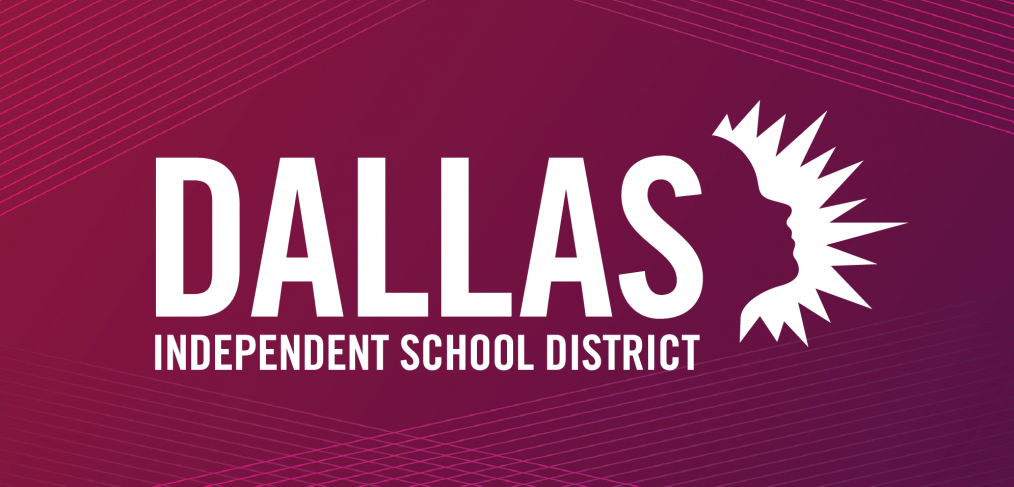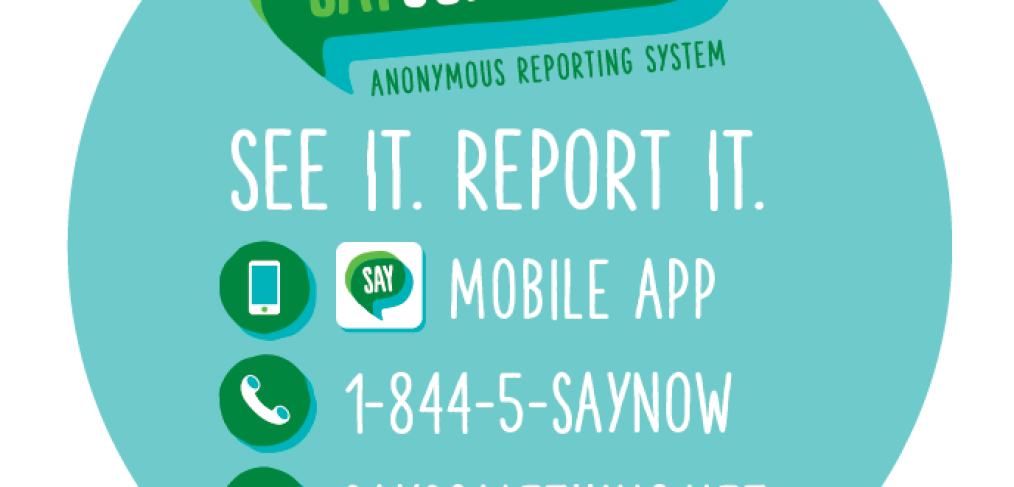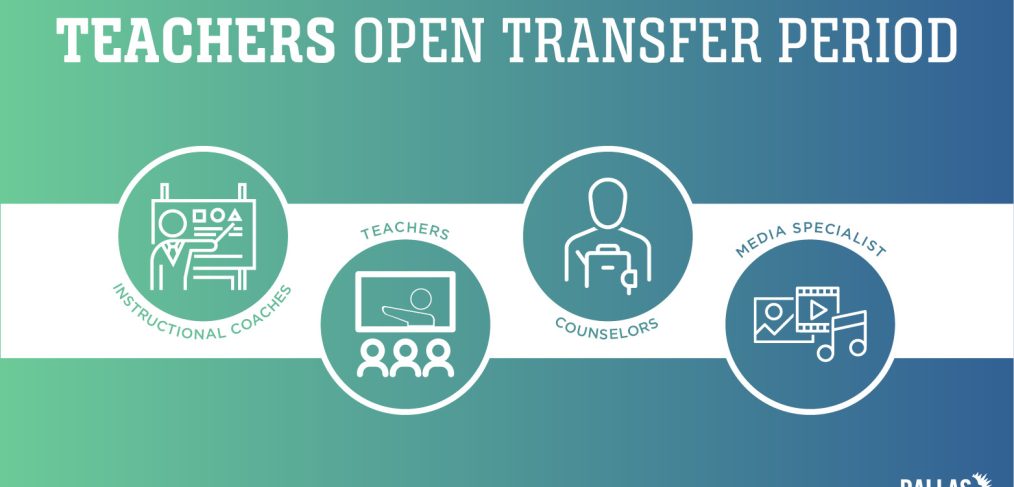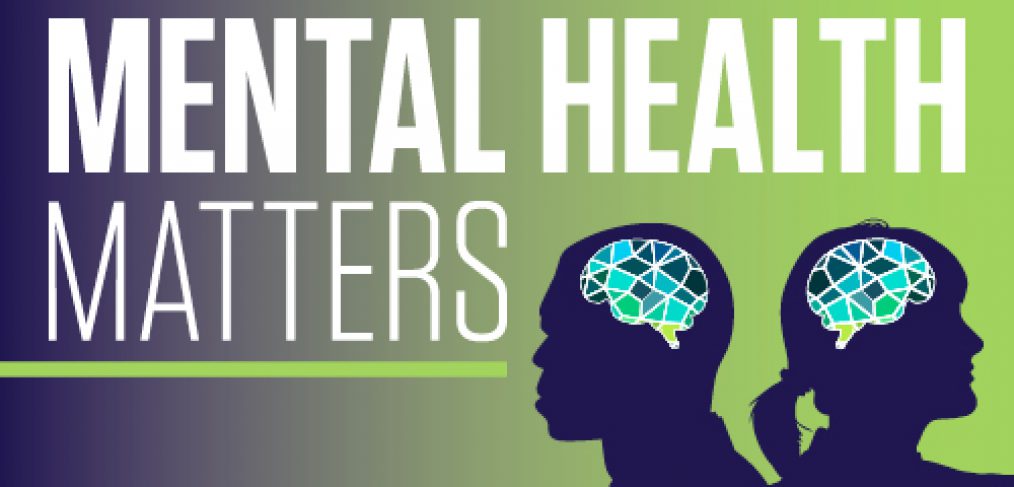Special education teacher Pamela Appiah-Opoku has a passion for gardening, one that is not limited to her free time. Some of her favorite memories from her eight years at Boude Storey Middle School come from her involvement in their community garden, which she helps to maintain along with other teachers, teaching assistants and interested students. Thanks to Boude Storey’s school day redesign calendar, she now has extra time to work on the crops for harvest. Extra time for special projects is one of the benefits teachers around the district could enjoy by taking advantage of the open transfer period through April 15.
As one of only five Dallas ISD schools following the School Day Redesign calendar, Boude Storey’s year starts at the beginning of August and ends in late June with several days set aside for planning, leading to more enrichment and acceleration opportunities.
“Normally, the students would have to stay after school during the week to participate in their various extracurricular activities, but with the School Day Redesign, there is time already built in where students can attend all their various clubs,” Appiah-Opoku said. “Our administration was adamant about making sure that the clubs were not just meeting to meet but were being intentional about our time and making sure that we have hands-on activities for the students.”
but with the School Day Redesign, there is time already built in where students can attend all their various clubs,” Appiah-Opoku said. “Our administration was adamant about making sure that the clubs were not just meeting to meet but were being intentional about our time and making sure that we have hands-on activities for the students.”
 Appiah-Opoku has seen exciting results in the gardening club. Not only have they successfully harvested their own produce, but their students have also learned to make recipes like lettuce wraps and homemade salsa. Best of all, Appiah-Opoku said there is “something for everyone.”
Appiah-Opoku has seen exciting results in the gardening club. Not only have they successfully harvested their own produce, but their students have also learned to make recipes like lettuce wraps and homemade salsa. Best of all, Appiah-Opoku said there is “something for everyone.”
Boude Storey has plenty of options for curious students, from a financial literacy club, which teaches budgeting and other real-life money concepts, to a good vibes club, which emphasizes positivity. The school also provides mentoring opportunities and encourages students to explore their heritage and history.
“It’s very family-oriented,” Appiah-Opoku said. “We’re always doing something for our kids to get them excited, like there have been different types of carnivals and concerts, so there’s always something fun going on for both the staff and students to look forward to.”
Teachers who are interested in experiencing the close-knit, engaged community a special calendar can provide have the opportunity to explore during the district’s open transfer period. The open transfer process allows current Dallas ISD teachers, instructional coaches, counselors and media specialists to accept a position at another campus for the following school year.
Eligible employees must apply online by using their EAD login at www.dallasisd.org/careers and following the internal openings link. Employees who do not apply will not be eligible to participate.
As far as Appiah-Opoku is concerned, any school in Dallas ISD is worth considering. Of course, she is partial to her own community and its enriching special calendar.
“I would just say for Boude Storey, we have great administration and great staff, who are really eager to help our students learn, and we’re just seeking excellence here,” she said. “So if excellence is what you’re after, then Boude Storey is your place.”
Interested employees must apply online by April 15, 2022. To be eligible for an open transfer, employees must:
- Hold a valid Texas Teacher Certificate in the requested subject-area vacancy and meet TEA/SBEC Certification Standards for the position
- Not be entering their fourth year of an Alternative Certification Program
- Not be identified for non-renewal at the end of the current school year due to performance
- For instructional coaches only: must receive approval from recommending campus executive director







 but with the School Day Redesign, there is time already built in where students can attend all their various clubs,”
but with the School Day Redesign, there is time already built in where students can attend all their various clubs,”  Appiah-Opoku has seen exciting results in the gardening club. Not only have they successfully harvested their own produce, but their students have also learned to make recipes like lettuce wraps and homemade salsa. Best of all, Appiah-Opoku said there is “something for everyone.”
Appiah-Opoku has seen exciting results in the gardening club. Not only have they successfully harvested their own produce, but their students have also learned to make recipes like lettuce wraps and homemade salsa. Best of all, Appiah-Opoku said there is “something for everyone.” 

